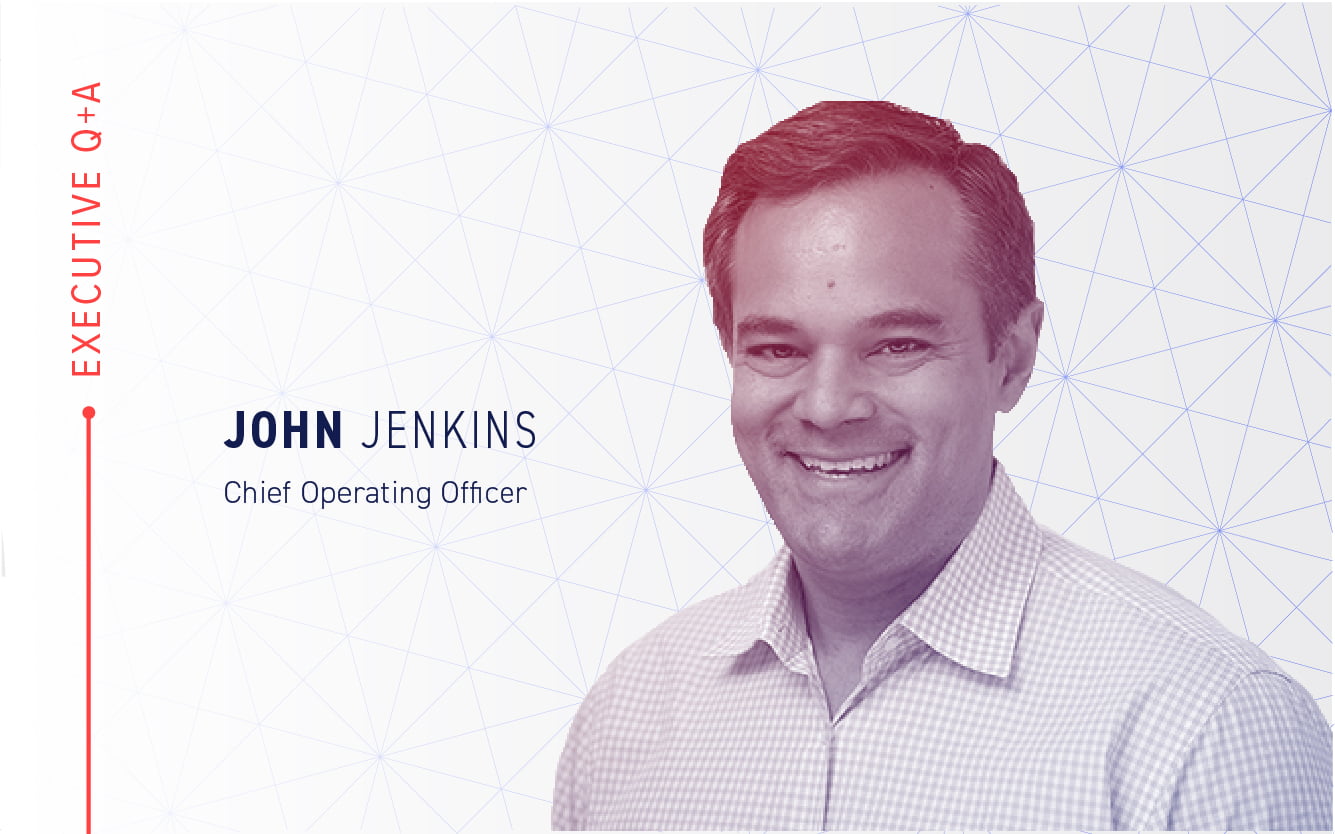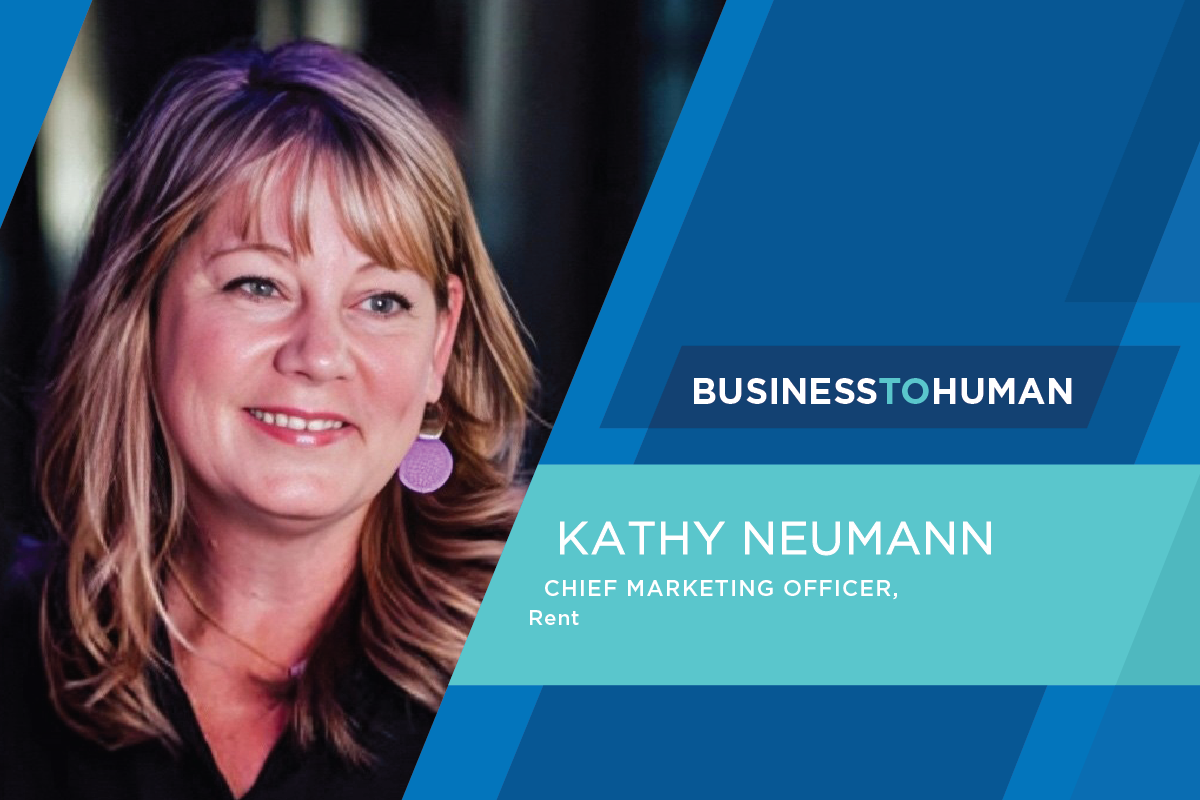Summary
Executive Spotlight: The Value of Diversity and Inclusion at Work John Jenkins is the chief operating officer at Valassis and has served as an executive operations and finance leader since 2014. With more than two decades of experience in media and technology, John has previously worked at Tremor Video, Adify, Flycast Communications, and CompareNet. John received an A.B. from Princeton University and an MBA from the Wharton School of the University of Pennsylvania. In this interview, he shares his thoughts about the importance of diversity in the workforce and at the leadership level.
Q: What is your point of view concerning the topic of diversity and inclusion (D&I) in business organizations and its connection to corporate social responsibility as a whole? What are the benefits of implementing D&I and the risks of not doing so?
Jenkins: D&I is important for many reasons, including driving better business results. A diverse team brings the best and brightest to the table — and with it, a different point of view that helps create better solutions. This diversity in thinking tests ideas with different opinions, which often improves the concept.
This process leads to business outcomes that wouldn’t be possible if everyone brought the same experience to the table, and it produces a comprehensive solution. If we don’t embrace this diversity of thinking, then the converse — a homogenous workforce with homogenous views — creates solutions in an echo chamber. The latter approach might be easy or comfortable, but it doesn’t produce the best results.
Organizations that do an excellent job of this are those that model what works well, which, in my opinion, means building a diverse leadership team and focusing on the type of diversity that’s important to have in order to be inclusive. When organizations model D&I, existing or prospective employees can look at the leadership of the company and say, “I see someone who looks like me in a role I can grow into.” This ultimately provides the foundation for the diversity in thinking that generates better business results.
Q: How does D&I become ingrained in an organization’s culture rather than exist as a siloed effort?
Jenkins: I would offer up three thoughts:
- Talk the talk. It’s important to share the significance and value of D&I with the team and give direction on how to put it to work.
- Walk the walk. You have to seek out, show respect for, and validate those diverse voices — those inputs — in a decision-making process.
- Offer tools and training. It’s critical to provide support to the organization in terms of training and tools to actively be more inclusive. Recruiting is a big piece of that puzzle because it’s a building block to creating a more inclusive workplace. There will be more to come on this for the Valassis team in the months ahead.
Q: Tell me about the D&I Strategy Team at Valassis, for which you’re an executive sponsor. How should organizations get their associates/employees involved?
Jenkins: It’s important for associates to feel compelled to get involved and be self-motivated. Corporate mandates typically do not work for something like D&I. Instead, model the behavior you want — walk the walk. This includes leaders taking the actions, showing the value, and communicating it to team members so they internalize it and want to act based on what they see.
One way for our associates to get involved is through our Business Resource Groups (BRG), which is a way we facilitate D&I at Valassis. Open to all associates, these groups include:
- Women’s Network
- GenNext (focused on millennials)
- A race and ethnicity group (launching within the next couple of weeks)
- An LGBTQ+ group (launching within the next couple of weeks)
How has D&I made a positive impact on your career or produced a beneficial outcome at work? We want to hear about it! Share your story with us here.



